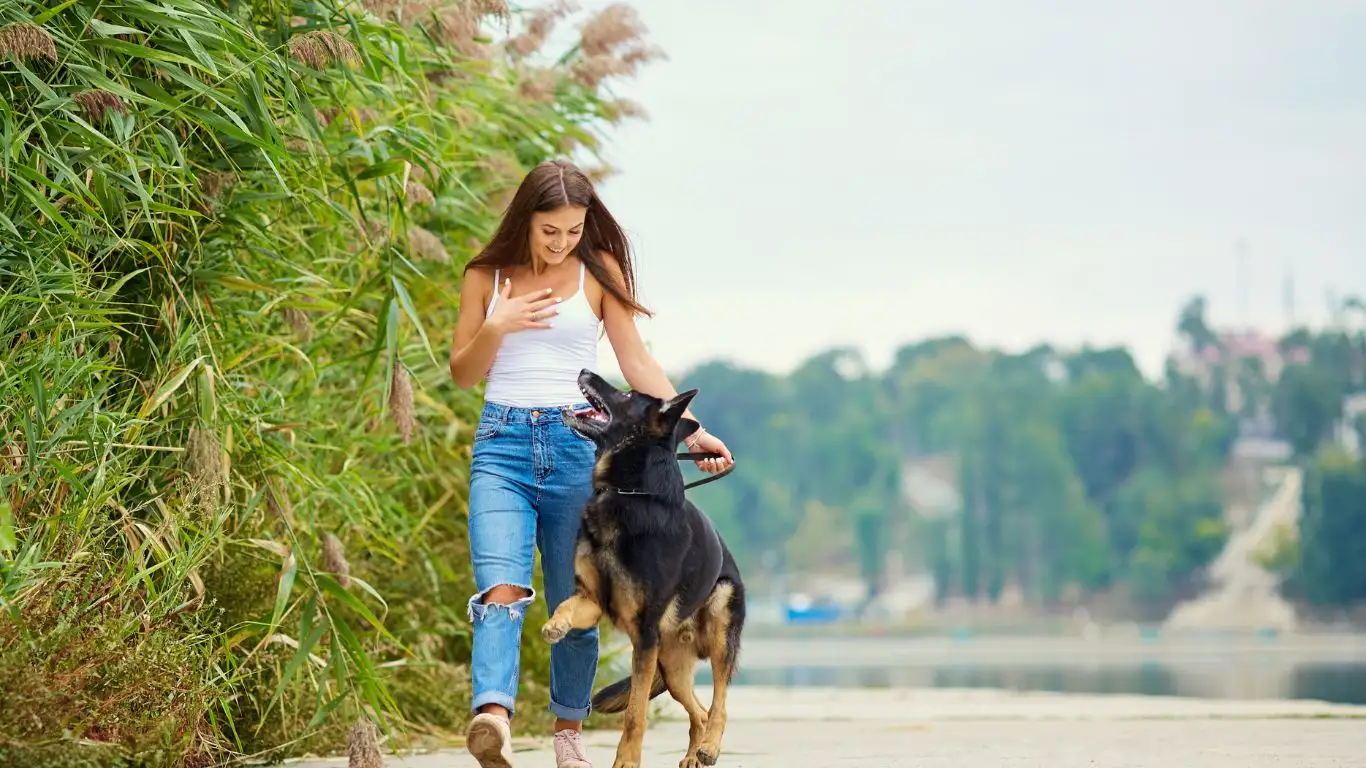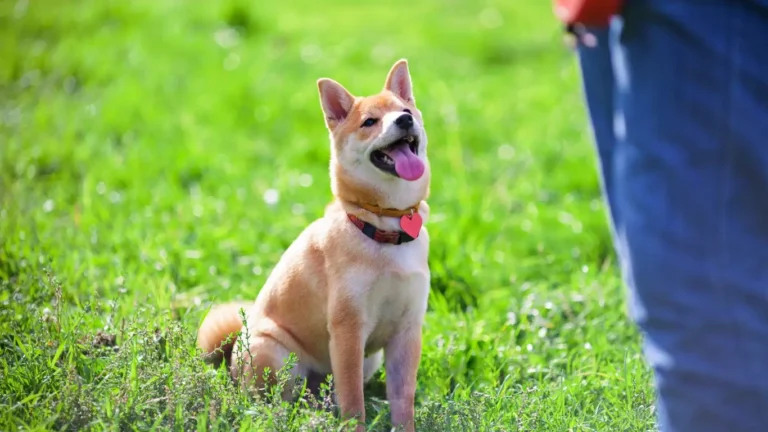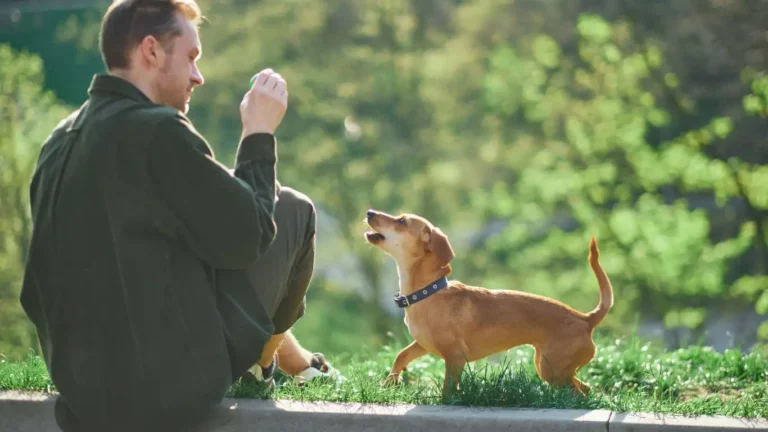How to Train a Dog to Tolerate Wearing a Muzzle: Simple, Effective Tips to Succeed
As a Certified Professional Dog Trainer (CPDT-KA), I’ve seen countless dogs who are nervous or uneasy about wearing a muzzle. It’s not uncommon for dogs to resist or even show signs of stress when first introduced to a muzzle. But the truth is, learning how to train a dog to tolerate wearing a muzzle can be a game-changer, not just for their safety, but also for their comfort and well-being. Muzzles can be an essential tool in certain situations, whether it’s for veterinary visits, grooming sessions, or even for training purposes. The key to success is ensuring that your dog associates the muzzle with positive experiences rather than something to be feared.
Why Muzzles Are Important for Your Dog
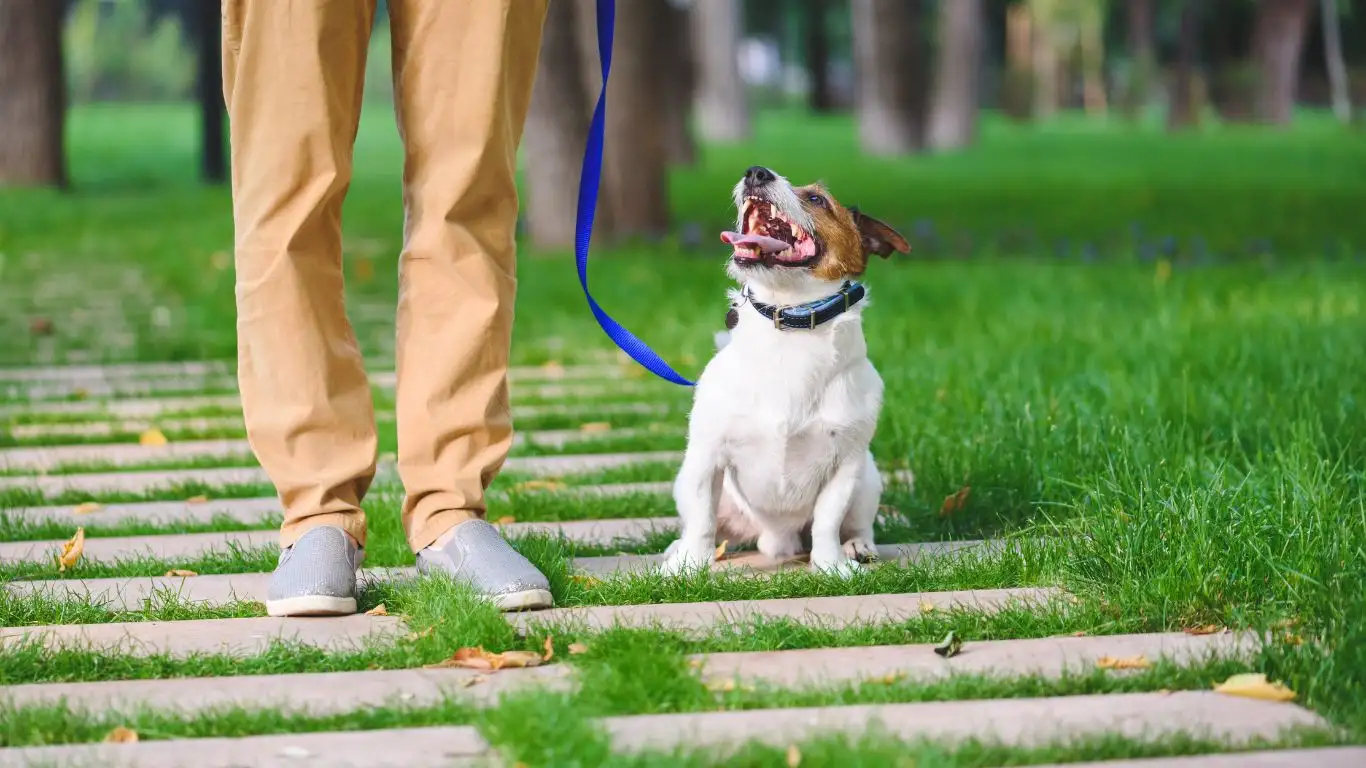
Before diving into the training process, it’s important to understand why muzzles are necessary. Many people mistakenly associate muzzles with punishment or cruelty, but that’s far from the truth. When used properly, muzzles can be a helpful tool for keeping both your dog and others safe. Whether you’re dealing with a dog who gets anxious or reactive at the vet or groomer, or you need a muzzle for safety during a training exercise, the goal is always the same: ensuring your dog’s comfort and safety while preventing any harm. Here’s how a muzzle can actually benefit your dog:
- Prevents biting: In situations where your dog might be anxious or fearful, such as at the vet, a muzzle can prevent any unexpected biting. This ensures that both your dog and the people around them stay safe.
- Helps in training: When your dog is working on behavioral issues, like reactivity or aggression, a muzzle can prevent them from acting out while they learn better behaviors.
- Reduces stress: For some dogs, wearing a muzzle can help reduce the stress of potentially painful situations, like grooming or veterinary visits, by giving them a sense of security.
Getting Your Dog Used to the Muzzle
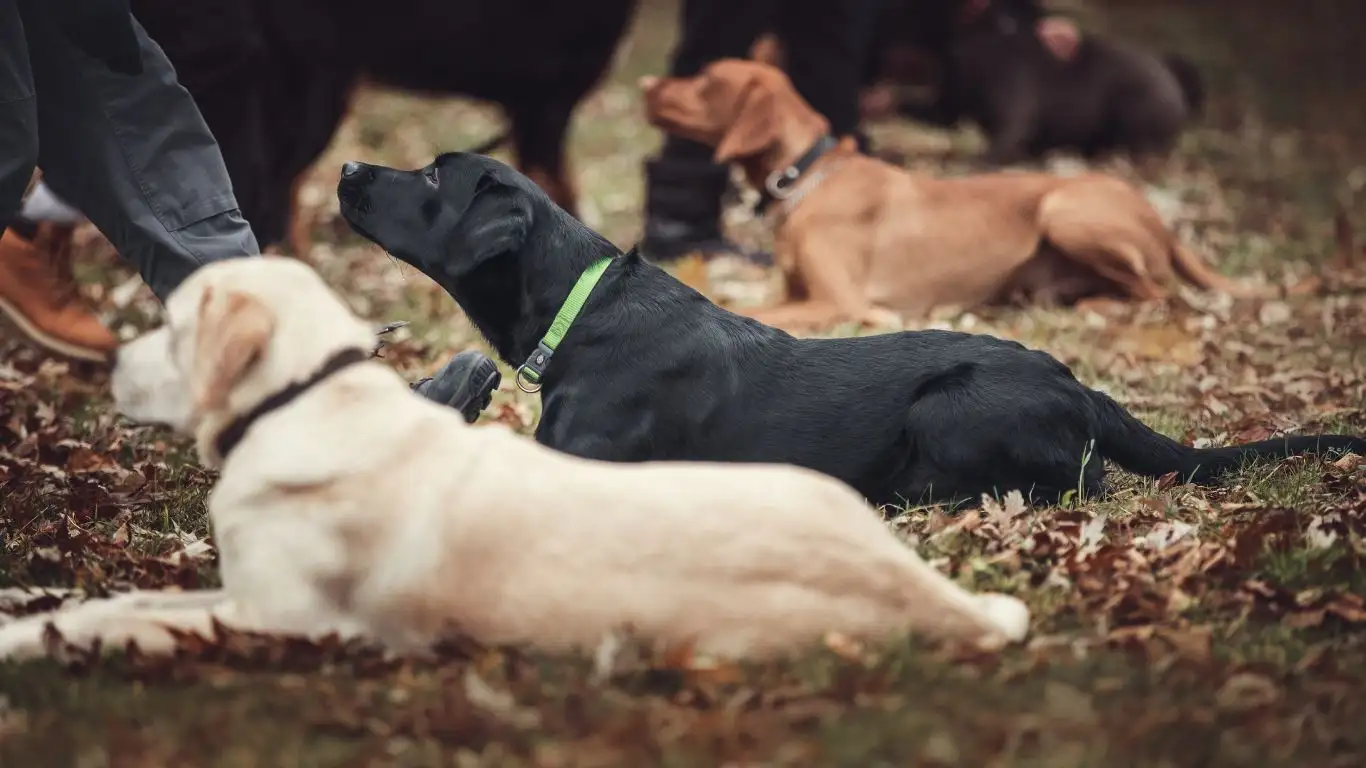
Start Slow and Positive
Training your dog to tolerate wearing a muzzle starts with a slow, positive approach. Think of it as introducing any new object or experience—patience and consistency are key. You don’t want to rush this process because, like anything new, it can be overwhelming for your dog. I’ve always found that breaking down each step of the process helps make the experience less stressful for both you and your dog.
The first step is simply allowing your dog to see and smell the muzzle. This may sound easy, but for many dogs, it’s a big deal. They might be hesitant, curious, or even frightened by the sight of the muzzle. If your dog reacts negatively at first, don’t force the muzzle near their face. Instead, let them investigate the muzzle on their own terms, and always pair it with something your dog loves, like treats or praise. This way, your dog begins to associate the muzzle with something good.
Gradual Desensitization
Once your dog is comfortable being around the muzzle, it’s time to introduce it closer to their face. But don’t rush it. Start by holding the muzzle near their nose and rewarding them with treats when they show interest. As they become more comfortable, gradually work up to putting the muzzle on for short periods. The idea is to make each step as positive and gradual as possible so that your dog doesn’t feel overwhelmed.
Keep these tips in mind:
- Keep training sessions short, around 5-10 minutes at a time.
- Always use treats or toys to reinforce calm behavior and positive associations.
- If your dog shows signs of stress, back up a step and give them more time to adjust.
Choosing the Right Muzzle for Your Dog
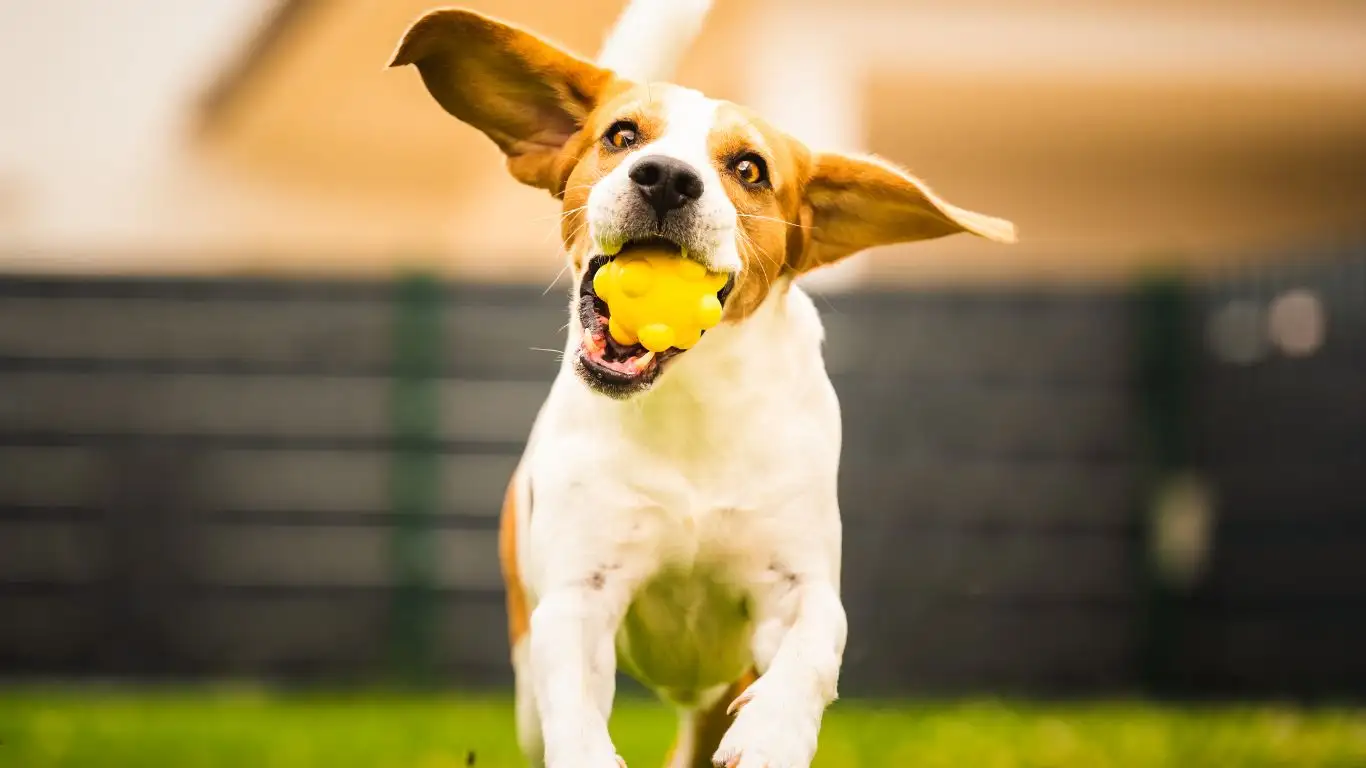
Not all muzzles are created equal, so it’s essential to choose the right one for your dog. The right muzzle should allow your dog to breathe and pant comfortably while still preventing them from biting. It’s also important to choose a muzzle that fits properly, as a poor fit can cause discomfort or make the training process more difficult. There are a few different types of muzzles to consider:
- Basket muzzles: These are often the best choice for training purposes because they allow your dog to open their mouth, pant, and drink while still preventing biting.
- Soft muzzles: These are more restrictive and are generally used in situations where your dog is less likely to need to pant or drink, like when they’re receiving medical treatment.
- Fabric muzzles: These are lightweight and more comfortable for short periods but can be less effective at preventing biting compared to basket muzzles.
Ultimately, the best muzzle for your dog will depend on their size, behavior, and comfort. Make sure to measure your dog’s snout properly before purchasing to ensure the muzzle fits securely but isn’t too tight.
Introducing the Muzzle Gradually
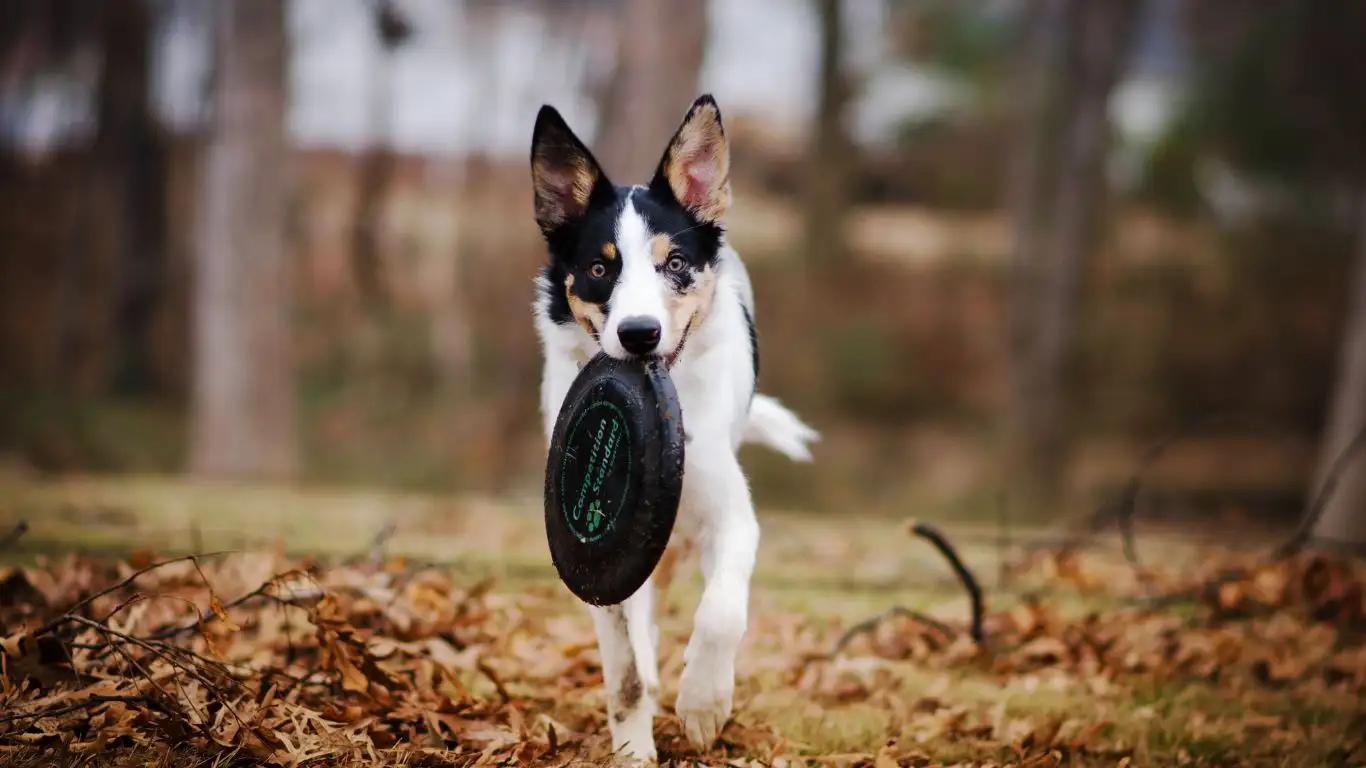
Once you’ve chosen the right muzzle for your dog and they’re comfortable with the sight and smell, it’s time to start gradually introducing the muzzle onto their face. This stage is crucial because this is when your dog will start to make direct associations between the muzzle and their body. You don’t want to rush things here—taking it slow will lead to the best results, and trust me, it’s worth the extra patience.
When you first begin, I recommend you hold the muzzle near your dog’s face without putting it on. Encourage them to sniff and explore it, and as soon as they show interest, reward them with a treat. This is all about creating positive associations, so make sure to praise them for any calm behavior, even if it’s just standing there or sniffing the muzzle for a moment. Once they seem comfortable with the muzzle being near their face, you can gently slide it over their snout for a brief moment.
Step-by-Step Process for Muzzle Training
Here’s a simple, step-by-step process that I’ve personally found works well when training a dog to wear a muzzle:
- Start with the muzzle at a distance: Place the muzzle next to your dog, and allow them to sniff it. This builds curiosity and prevents them from feeling pressured.
- Feed treats through the muzzle: Hold the muzzle so that your dog has to reach into it to get a treat. This helps them get used to the muzzle touching their face, but in a non-threatening way.
- Gradually increase muzzle exposure: Once your dog is comfortable taking treats from the muzzle, gently put it on their snout for short periods. Be sure to reward them immediately after this step.
- Increase duration: As your dog starts to get used to wearing the muzzle for a few seconds, gradually increase the time they wear it. Start with just a few seconds, then work your way up to longer periods.
- Keep it positive: Always pair the muzzle with positive experiences, whether that’s treats, play, or a favorite toy. The more positive associations your dog makes with the muzzle, the more likely they’ll accept it without resistance.
Handling Setbacks and Fears

It’s completely normal for your dog to show signs of resistance or anxiety during the training process. I’ve had many clients ask me, “What do I do if my dog starts acting fearful when they see the muzzle?” The most important thing here is to remain calm and patient. Forcing the muzzle onto a fearful dog will only make the situation worse and could even lead to a long-term fear of muzzles in general.
If your dog begins to show signs of anxiety, such as whining, pulling away, or trying to bite the muzzle, take a step back. Go back to the previous stage where they were comfortable and give them more time to adjust. You might also want to reduce the duration of your training sessions and space them out more. Every dog is different, and some might need more time than others to feel comfortable with wearing a muzzle.
Here are a few ways to help your dog overcome their fear of the muzzle:
- Break training into smaller steps: If your dog is overwhelmed, break the training into smaller, more manageable steps. Spend more time on each step until they feel comfortable.
- Use high-value treats: Sometimes, the right motivation is all it takes. If your dog is especially sensitive, use their favorite treats to increase their desire to engage with the muzzle.
- Stay calm and confident: Dogs can pick up on your emotions, so if you stay calm, confident, and positive during training, your dog will be more likely to follow your lead.
Making Muzzle Time Fun
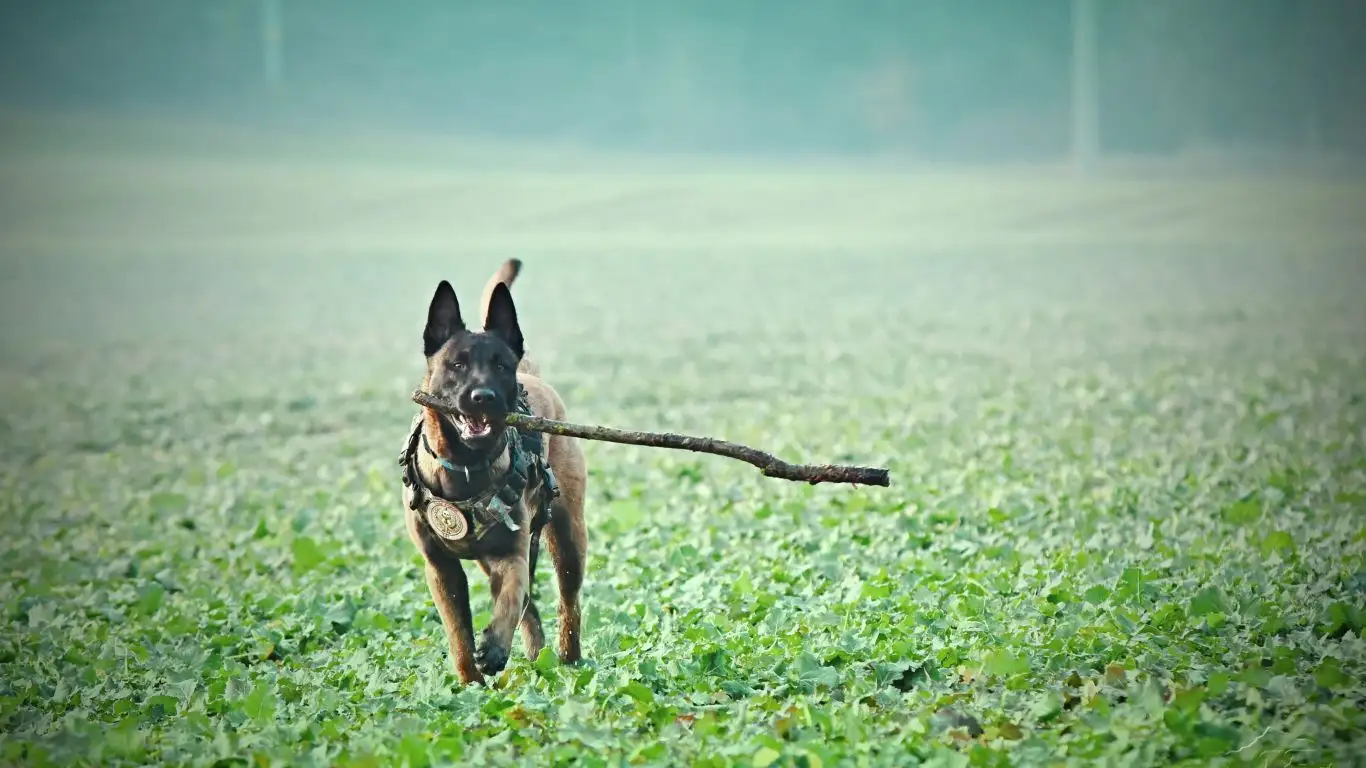
When it comes to training, making it fun is key! If you turn the muzzle training process into something enjoyable, your dog will be more likely to embrace it. I always tell my clients that training isn’t just about teaching a behavior—it’s about building a positive relationship with your dog. So, let’s make muzzle time something your dog looks forward to!
One way to do this is by incorporating the muzzle into games or play sessions. For instance, once your dog is comfortable wearing the muzzle for short periods, you can use it as part of a fun, interactive game. Maybe they can wear the muzzle while they search for treats or toys, or you could make a game out of them wearing it and receiving lots of praise and playtime afterward.
Another fun approach is to pair the muzzle with a favorite toy or activity. If your dog loves tug-of-war or fetch, you could start using the muzzle during these games. This will help your dog associate the muzzle with something enjoyable rather than something that’s forced upon them.
By introducing the muzzle as part of fun, positive activities, your dog will begin to see it as just another part of their routine. And before you know it, they’ll be happily wearing their muzzle without hesitation!
#LNF
